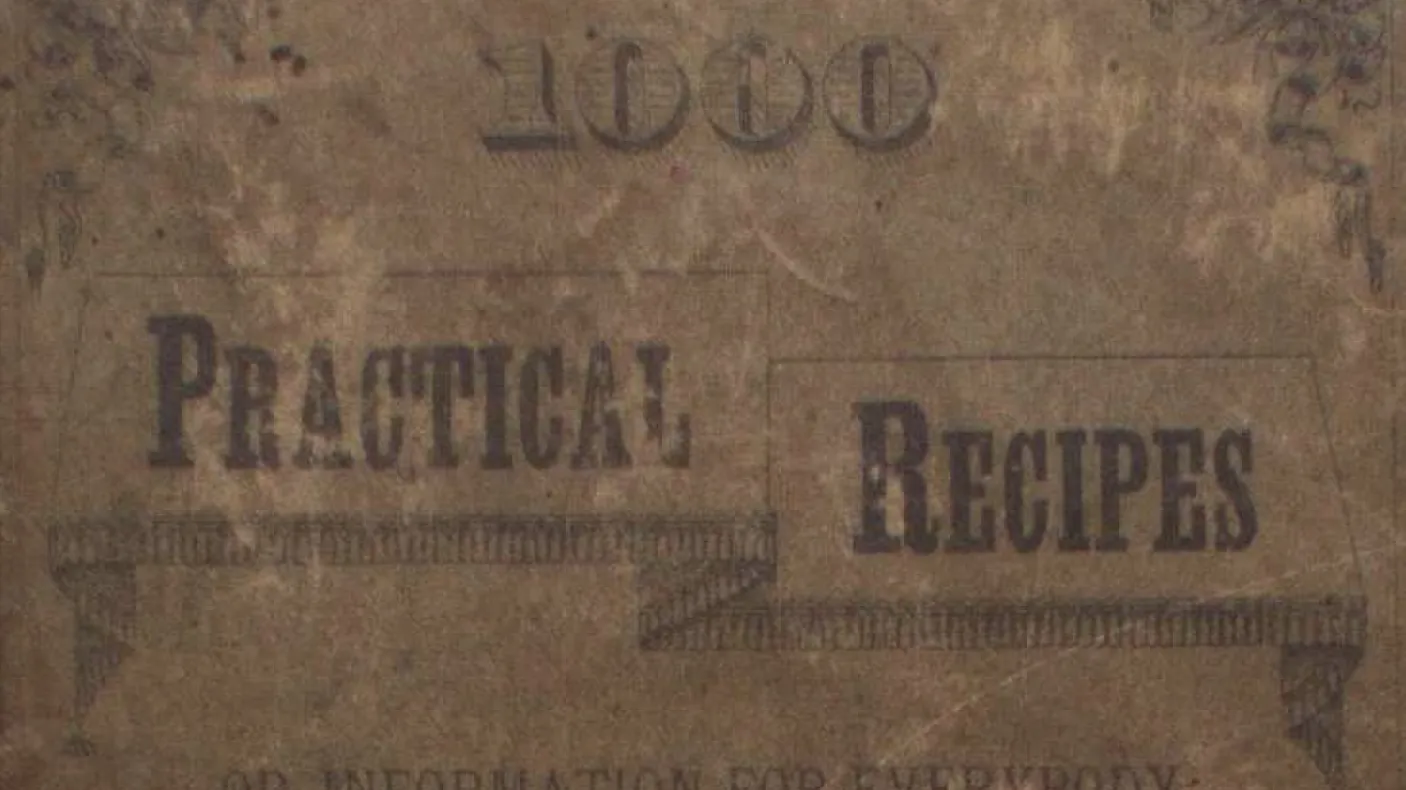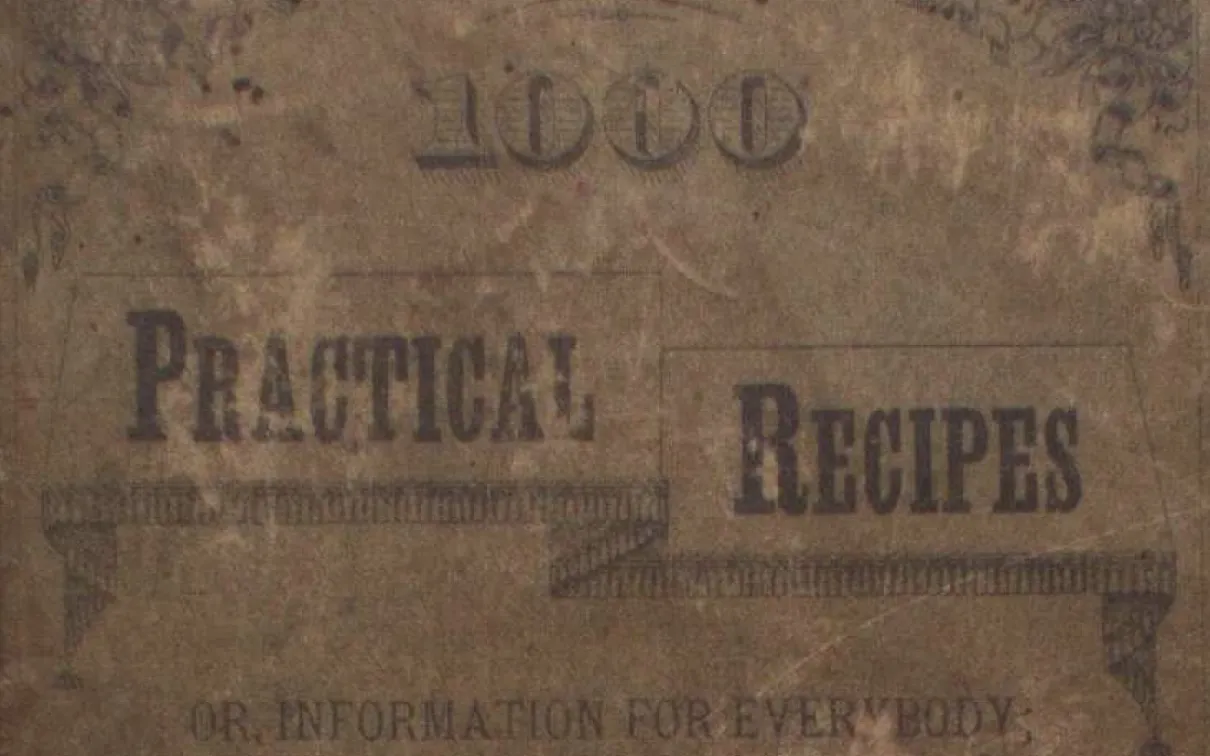"All manner of Sychenesses": Domestic Medical Books
Published
Categories
Blog Post
The late winter months often coincide with cold and ‘flu season, a time when we look for remedies to help cure runny noses or coughs. Now we might turn to the internet for this kind of information, but in years past people would have consulted the household medical book for advice.
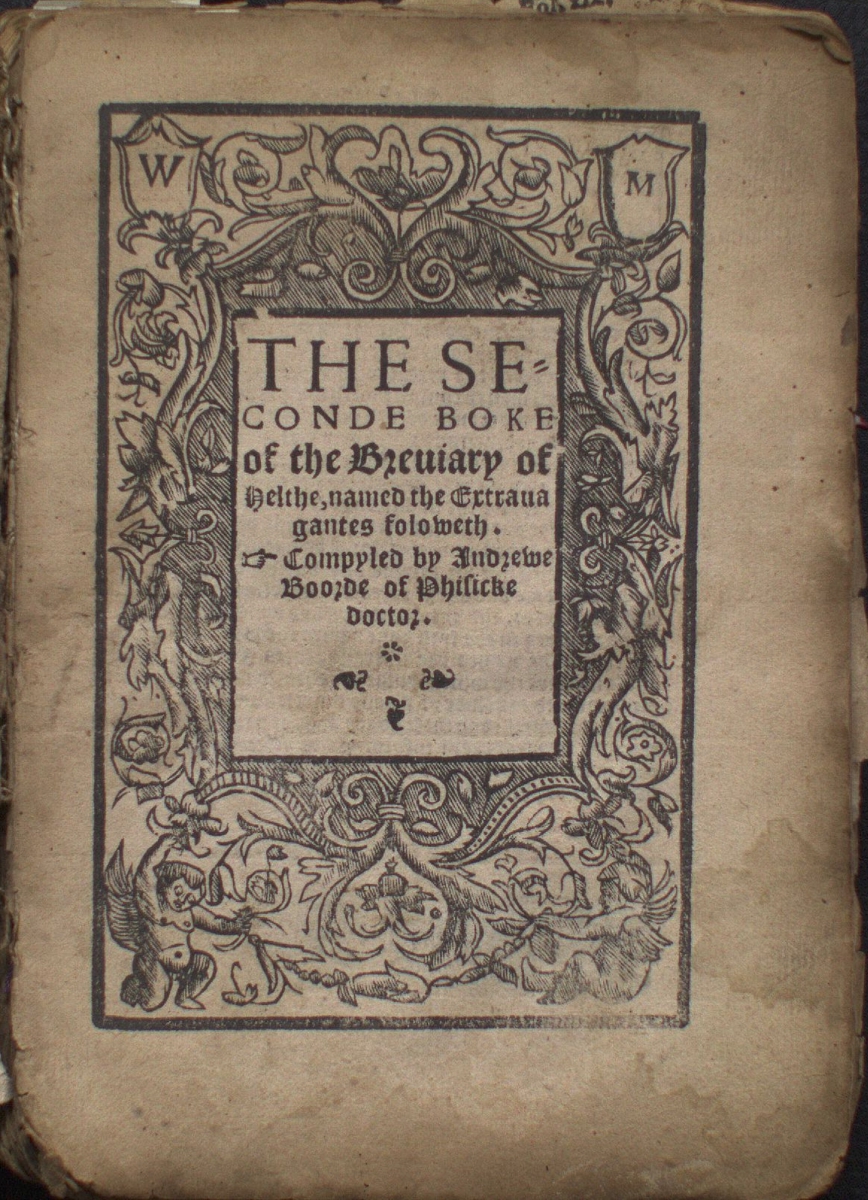
One of the treasures of the Rare Books collection at the ROM is a copy of The Breviary of helthe by Andrew Boorde, 'phisicke doctour and Englysh man', which was published around 1547. This book, which describes itself as being ‘for all maner of sychenesses and diseases the whiche may be in man or woman’ is the first example of a medical reference book of this type written and published in English.
Much of the medical advice in the Breviary is based on ancient assumptions about how the body worked. Dr Boorde, for example, would have attributed nearly all ailments to an imbalance of the four humours, black bile, yellow bile, phlegm, and blood. Going to the doctor in the 16th century was a dangerous business in which the outcome was frequently unhappy. Dr Boorde advised patients not to go to the doctor at all unless it was absolutely necessary.
The Breviary contains illnesses that we would recognize today. Some are serious, such as Dysentery or Anorexia, and some less serious, such as ‘belchynge’ which Dr Boorde blames on ‘gredy eatynge’.
Despite the errors in understanding, books like this were based on the science of the day. By the beginning of the 17th century, new scientific processes and a better understanding of the body would begin to change some of the long-held ideas reflected in Dr Boorde’s book.
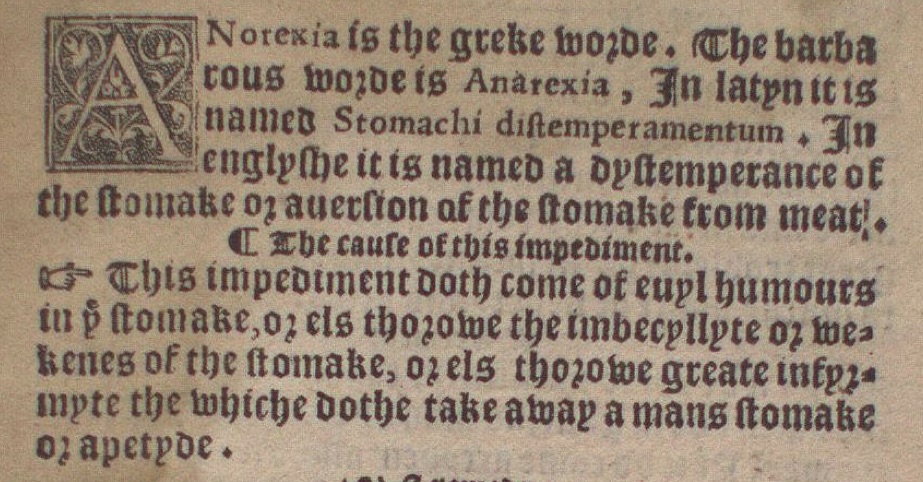
In the 18th and 19th centuries, medical books were important possessions for the men and women who settled in the sparsely populated lands of the United States and Canada, where a doctor might be several days travel away from the patient.
The books provided information on ordinary aches and pains, as well as more serious illnesses such as yellow fever and cholera. They also reflect the incident of ailments that were once common but are now much more rarely seen in these countries, such as rickets and worms.
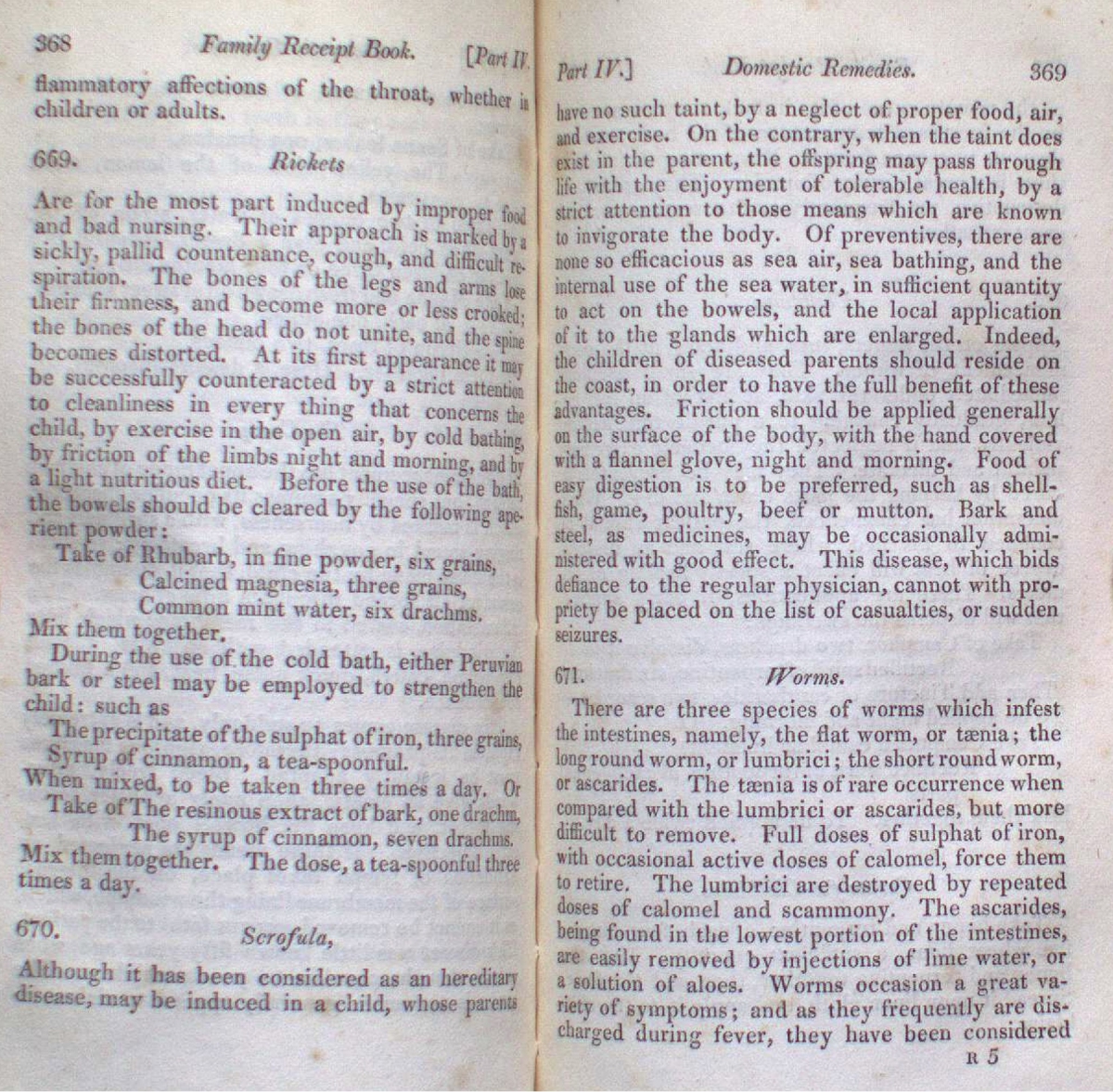
Many of the remedies suggested in these books would have been ineffective, and some positively dangerous. For example, Gunn’s New Domestic Physician suggests various medicines for treating cholera including a mild mixture of cloves and cinnamon in brandy, a spicy blend of salt and red pepper, and a poisonous mixture of camphor, laudanum and turpentine. Dr. Chase’s 1000 Practical Recipes is a collection of remedies, many based on hearsay alone. In the section on cancers, remedies range from dock root tea, or pokeberry mash, to Mr Hodgkins’ Method, 'a gentleman of Reading, Michigan', who claimed to have cured his wife with a salve of oak root ash, salt petre, and the pulverized ‘body of a thousand legged worm’, and a drink of dried mandrake root and epsom salts dissolved in gin.
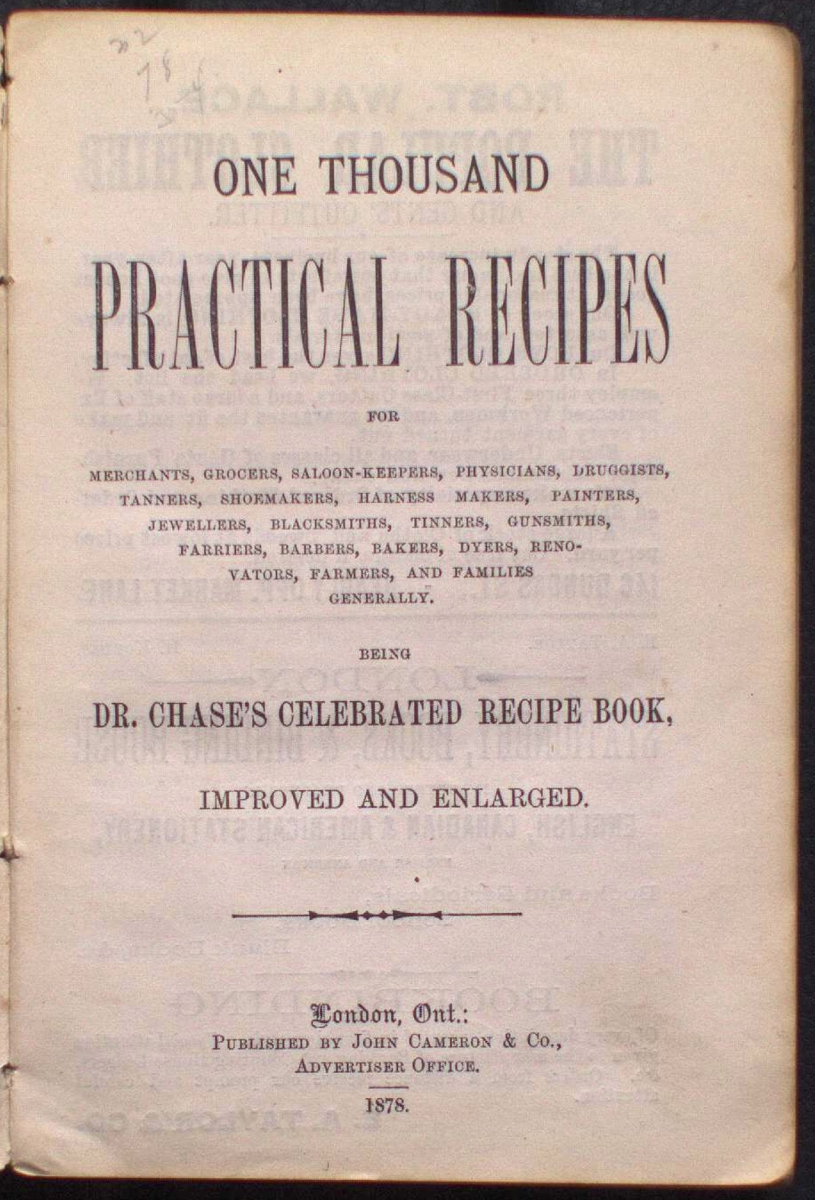
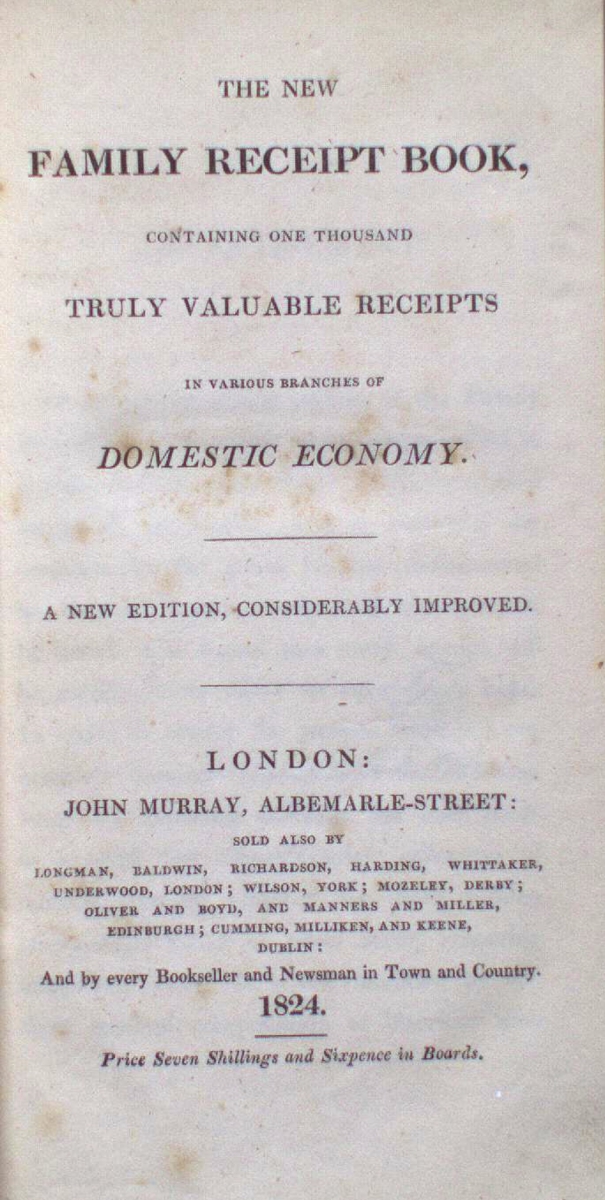
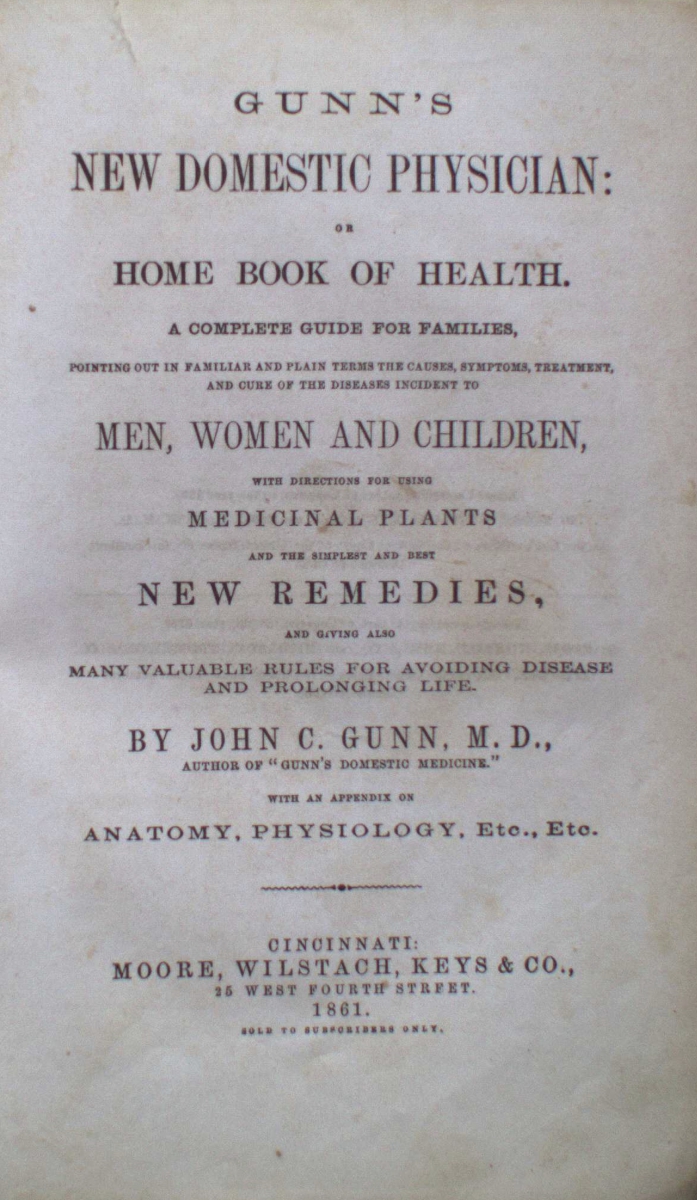
Matters of faith also appear in medical books, both as a cause of illness, and as a way to avoid it. Andrew Boorde was a priest for a time, as well as a doctor, and his understanding of the world influenced his medical advice. He includes, for example, an entry on demon possession as the cause of a disordered mind.
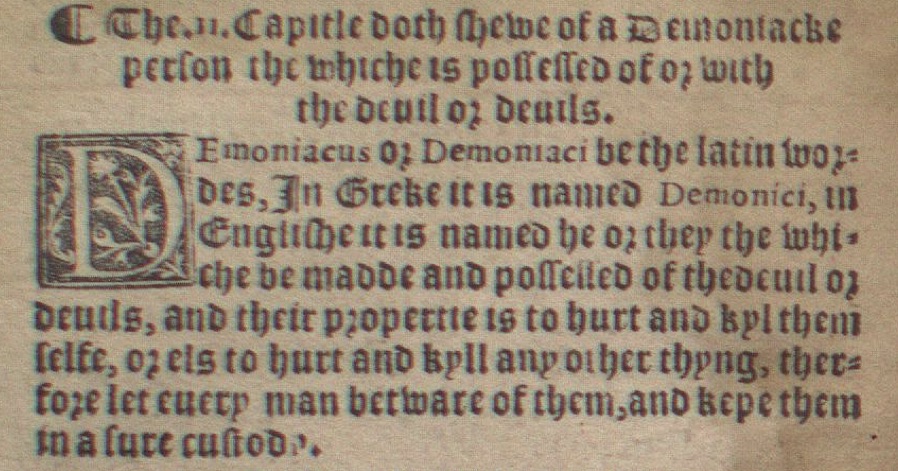
In 1861 Dr John Gunn was still including sections on faith in his New Domestic Physician or Home Book of Health, in this case on the healthful benefits of 19th-century Christian values like forgiveness, charity, love, and temperance. He also included a section advising young men on how to get rich.
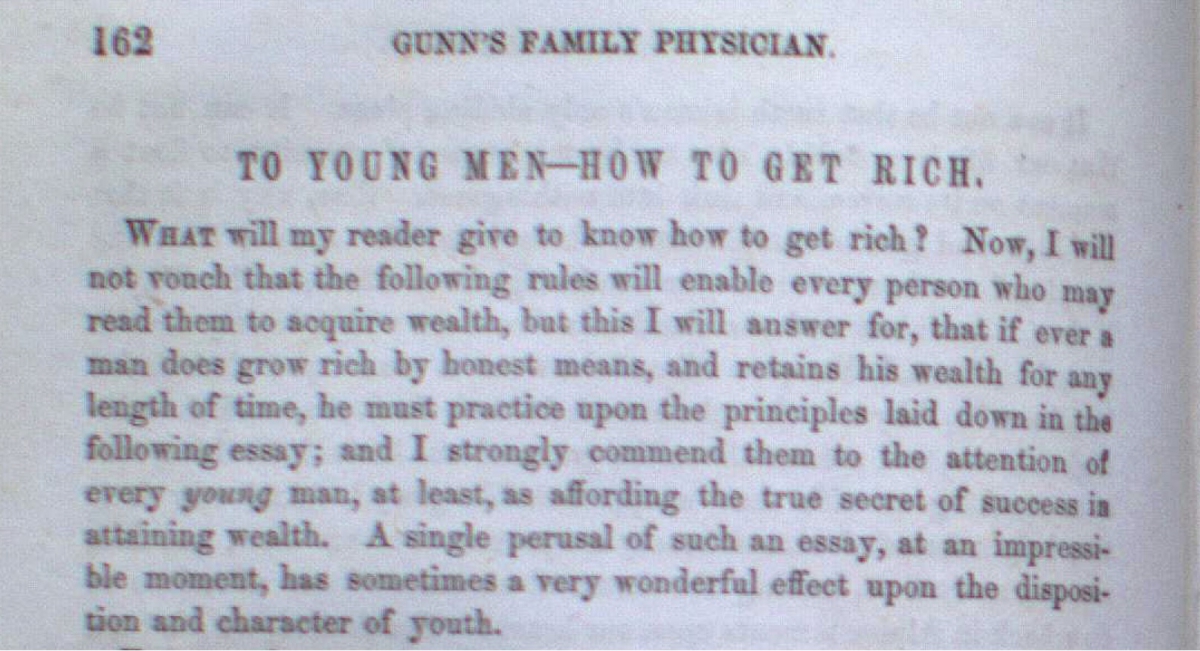
A remedy for the common cold has yet to be found, and coughs and sniffles must be endured. But as damp winter days drag on perhaps we should heed Dr Boorde's advice that nothing that comforts the heart so much as 'honest myrth and good company' and seek out some of both to stay cheerful and well.


